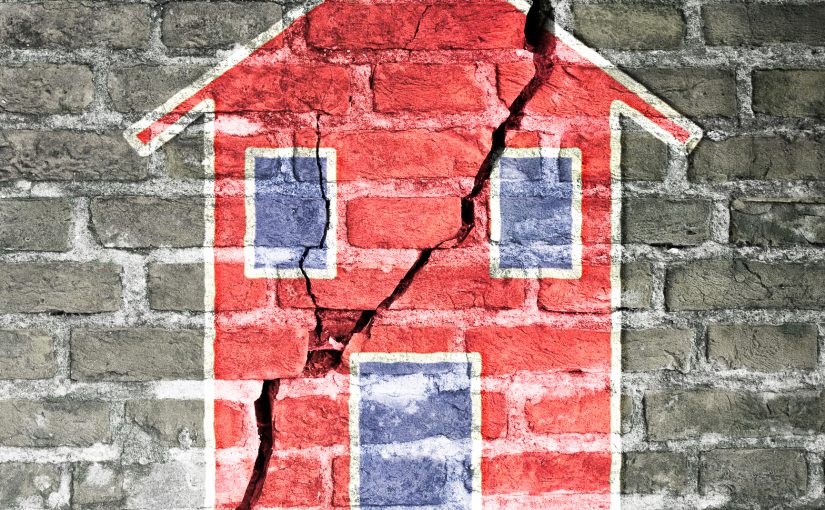24 October 2018
A Bad Year for Subsidence

The summer of 2018 will forever be remembered for its glorious, never ending heat wave. Now, in October, the effects of the summer heat are starting to show as there has been a very large surge in subsidence claims.
What causes subsidence?
Subsidence is the result of the ground under your home becoming unstable and shrinking. The foundations move, putting severe strain on the walls and creating the trademark diagonal cracks.
This sinking has a variety of causes, the two most common are:
- Clay soil – large parts of central and southern England have homes built on clay. Clay shrinks during a dry, sunny spell, or if there is a tree drawing water out of the soil.
- Nearby leaking drains or water mains which causes the soil to swell and become softer than normal, allowing the property to sink under its weight.
How to prevent subsidence
When it comes to subsidence, there are some preventive measures that can help:
- If you are considering buying a home, particularly in a clay soil area, make sure your surveyor has checked for signs of subsidence – both current and historic.
- Think carefully before planting a tree close to your home. If necessary, seek professional advice. Oak, Poplar and Willow draw much more water out of the soil than other species. They should be planted a minimum of 30 metres away, with the Willow at least 40 metres. The Association of British Insurers has produced a helpful leaflet showing recommended distances for different trees.
- If there is already a large tree close to your property it is important to prune it to control its growth and need for water. If it becomes uncontrollable it is best to remove it completely. Please be aware that if it is subject to a Preservation Order you’ll need the local council’s approval, but they will usually agree to the request if the tree is a problem.
- It is a good idea to keep an eye on your drains and ensure that they are free flowing. Do not put things down them that could create blockages. It is important to clean gutters and downpipes regularly and check the ground for moist patches and other tell-tale signs of underground leakage.
The need for adequate insurance
However good your precautions are, you are ultimately at the mercy of nature and events. If all your precautions fail and subsidence is diagnosed, you may have to resort to underpinning the foundations, or renewing or relining leaking drains or mains which are expensive jobs.
Make sure you have a policy that will adequately compensate you for subsidence as not all policies do. Centor can advise you on the right ones to buy as we only work with insurers who take subsidence seriously.
For more information, get in touch with:
Danielle Williams
dlw@centor.co.uk
020 7330 8729
Are you sure you know the difference between a ‘bona-fide’ and a ‘labour-only’ sub-contractor? What is Social Engineering?

